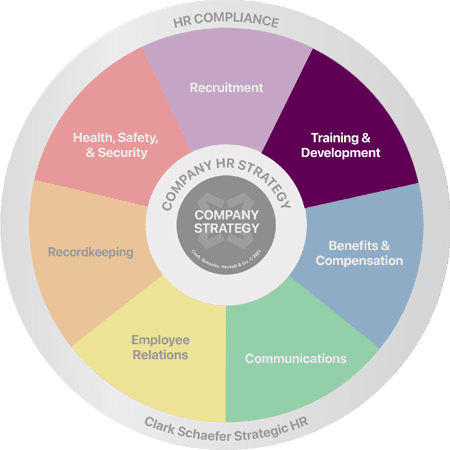Solutions for Dysfunctional Teams
Last Updated on October 25, 2017 / Training & Development
Question:
I have a cross-functional team of very competent employees that used to be effective, but recently they seem to have lost their way. There is occasional in-fighting and now I am seeing some group paralysis and they are starting to miss deadlines. What’s going on and is there something that I can do to help get them back on track?
Answer:
It is not uncommon for teams to go through a cycle of effectiveness and productivity and then suddenly seem to lose their way. This phenomenon is referred to as the life cycle of teams. A one-time functional team can become dysfunctional for a variety of reasons – changing tasks, new members, perceived organizational barriers or a series of recent failures can all affect the motivation and focus of any well-functioning team. Or, perhaps the role of the manager or team leader needs to change as the team has matured and developed over recent projects.
Some options to consider:
- You may want to start by simply revisiting the team’s purpose and re-focus on their goals. Sometimes an open discussion with all the team members pointing out the recent shortcomings can help to quickly re-focus the members on the task at hand.
- The development of a Team Charter can also be a very effective tool for teams; a collaborative document that establishes team goals, norms, behavior and overall communication styles. Used in conjunction with other tools, the charter can quickly unify a team around a central purpose and mission so that everyone is literally on the same page.
- It can also be a time to address the evolving role of the manager or team leader as well. For example, an overly involved manager – while critical in the beginning of a team’s development, can actually hinder and stifle a team as they grow. If a team is struggling and the manager is too hands-off, then the team will likely flounder. Matching the leadership style to the needs of the group is a critical component of effective teams.
- Another approach is to conduct a Team Effectiveness Survey with the team members to help flush out some of the issues and concerns of the various team members. Such surveys can help pin-point some of the underlying issues such as trust and conflict resolution that may have de-railed the teams’ recent successes.
- Utilizing personality profiles is another very powerful tool for helping teams become more effective. For example, taking a team through the Myers Briggs Type Inventory (MBTI) can have a profound effect helping team members learn how to better communicate with each other and how to resolve conflict. (Differences in communication styles are generally the number one reason for team dysfunctionality).
- A Team Building Retreat can also be an effective tool, especially for an intact team. By getting everyone together off-site to really focus on communication issues, group styles and conflict resolution can do wonders to jump start either a new team, or one that has gotten stagnant.
Teams are dynamic and that means that they are constantly changing and evolving. You will inevitably have hiccups along the way that will need to be adjusted to ensure continued team success. The interventions listed above can be a great starting point to help get your team back on track.
At Strategic HR, we offer a variety of teambuilding and team development programs targeted to help get teams back on track for success. Each program is customized to meet the team’s dynamics and needs. For more information check out our Team Building and Development Programs.




